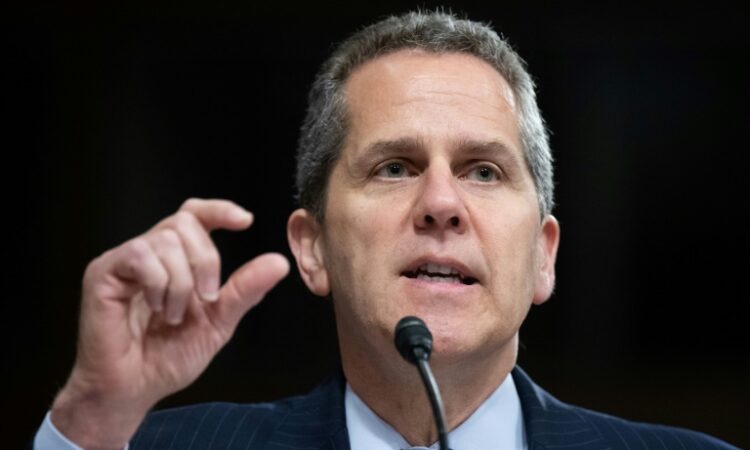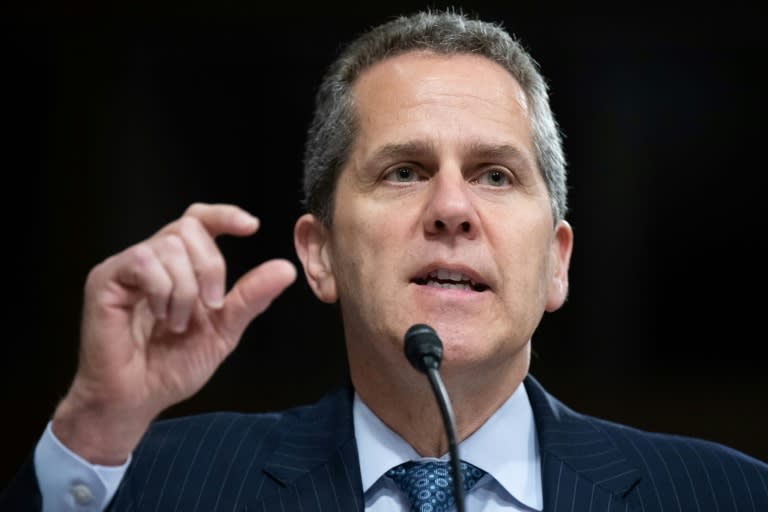

A senior Federal Reserve official has proposed raising capital requirements for large and mid-sized US banks as part of a “comprehensive” series of measures to tighten banking regulation and supervision.
The proposals announced Monday by the Fed’s vice chair for supervision, Michael Barr, cover a wide range of issues aimed at strengthening oversight of banks with more than $100 billion in total assets.
This would include mid-sized institutions, which came under significant financial stress earlier this year after a bank run spurred by concern about how lenders like Silicon Valley Bank (SVB) had managed their interest rate risk.
“The comprehensive set of proposals that I have described here today would significantly strengthen our financial system and prepare it for emerging and unanticipated risks,” Barr told a conference in Washington on Monday morning.
He added that the $100 billion threshold would subject more banks to the Fed’s “most risk-sensitive capital rules,” which currently only apply to internationally active firms, or those with $700 billion or more in assets.
– Boosting the buffers –
While the “holistic review” of the banking system began before the recent banking crisis, Barr said it was informed by the recent collapse of mid-sized regional lenders including SVB.
“Our recent experience shows that even banks of this size can cause stress that spreads to other institutions and threatens financial stability,” he said.
Barr added that his proposals would be equivalent to “requiring the largest banks hold an additional two percentage points of capital,” or $2 in additional money set aside for every $100 the bank has in assets.
Capital requirements are the financial buffers banks must hold to guard against potential losses.
“By strengthening capital standards, we are ensuring that businesses have credit to grow and hire workers, and deal with the ups and downs in the economy,” Barr said.
Other proposals announced Monday include plans to introduce a long-term debt requirement for all large banks, and mandating lenders to account for unrealized losses and gains.
“Long-term debt improves the ability of a bank to be resolved upon failure because the long-term debt can be converted to equity and used to absorb losses,” he said.
Barr added that any proposed changes would be open to public consultation and, if adopted, would not take effect for “several years.”
– Divisions at the Fed –
Barr’s proposals for tougher capital requirements follow on from his investigation into banking failures earlier this year, which called for greater oversight while admitting to the Fed’s own failures in its supervision of SVB.
The report sparked somewhat unusual criticism from within the Fed’s own ranks.
Fed governor Michelle Bowman said Barr’s report was “not reviewed by the other members of the Board prior to its publication,” and called for an independent investigation into the banking failures.
Bowman said she expected that an independent review would “find improvements to supervision, revisions to liquidity requirements, or improvements to bank preparedness to access liquidity are more effective than increases in capital for a broad set of banks.”
“We must be circumspect about what went wrong, deliberate about what to fix, and cognizant of unintended consequences,” she said.
da/caw





